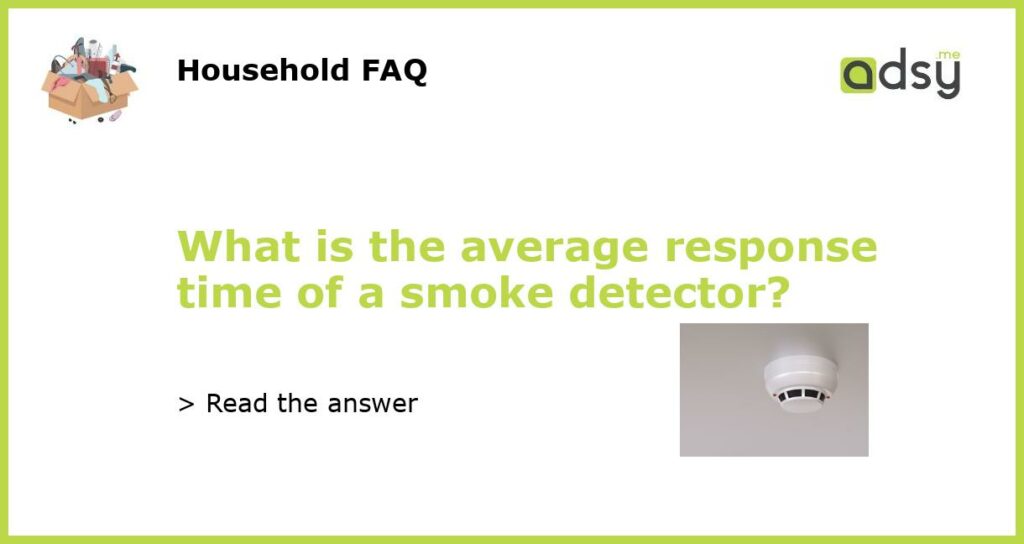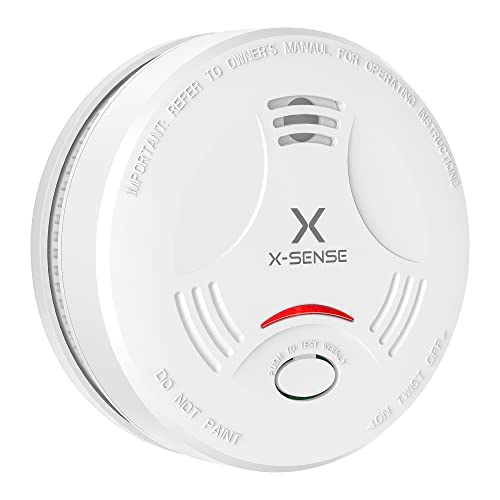What is the average response time of a smoke detector?
Smoke detectors are essential safety devices that can save lives by alerting people to the presence of smoke in a building. When a fire breaks out, every second counts, and it is crucial that smoke detectors have a fast response time to give people enough time to escape. In this article, we will explore the average response time of smoke detectors and why it is important for ensuring safety.
Understanding the Response Time of Smoke Detectors
The response time of a smoke detector refers to the time it takes for the device to detect smoke and activate its alarm. This is a critical factor in determining the effectiveness of a smoke detector in alerting occupants of a potential fire hazard. The faster the response time, the quicker people can be alerted and take appropriate actions to evacuate or control the fire.
Factors Affecting Smoke Detector Response Time
Several factors can influence the response time of a smoke detector. These factors include the type of smoke detector, the sensing technology it uses, the location of the detector, and its maintenance. Smoke detectors can either be ionization detectors or photoelectric detectors, with each having its own advantages and response time characteristics.
Ionization smoke detectors are known for their quick response time to flaming fires. They use a small amount of radioactive material to ionize the air inside the detector. When smoke particles enter the chamber, they disrupt the ionization process, triggering the alarm. However, ionization detectors are less effective at detecting smoldering fires, which can lead to longer response times.
On the other hand, photoelectric smoke detectors have a faster response time to smoldering fires, which tend to produce larger smoke particles. These detectors use a light source and a photosensitive sensor to detect smoke. When smoke particles scatter the light beam, the sensor detects the scattered light and triggers the alarm. Photoelectric detectors are considered more effective at detecting smoldering fires but may have a slightly slower response time to flaming fires compared to ionization detectors.
The Importance of Fast Response Time
A fast response time is essential for smoke detectors as it can significantly increase the chances of survival during a fire incident. According to the National Fire Protection Association (NFPA), most fire deaths occur from inhalation of toxic gases and smoke, rather than burns. The earlier a smoke detector can alert occupants, the more time they have to safely evacuate the premises, minimizing the risk of smoke inhalation and increasing their chances of survival.
It is recommended to have both ionization and photoelectric smoke detectors in a home or building to provide comprehensive protection. This ensures that both flaming and smoldering fires can be detected quickly, giving occupants the best chance of escape. Regular maintenance, including regular testing and battery replacement, is also crucial to ensure optimal performance and response time of smoke detectors.
The average response time of a smoke detector depends on factors such as the type of detector, its sensing technology, and its maintenance. While ionization detectors have a faster response time to flaming fires, photoelectric detectors are more effective at detecting smoldering fires. Having a combination of both types of detectors is recommended for comprehensive fire protection. A fast response time is critical in alerting occupants to the presence of smoke and giving them enough time to safely evacuate the premises. Regular maintenance and testing are essential to ensure optimal performance of smoke detectors and fast response times.






